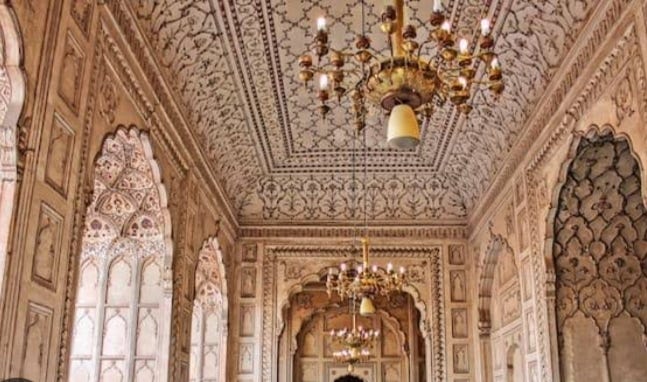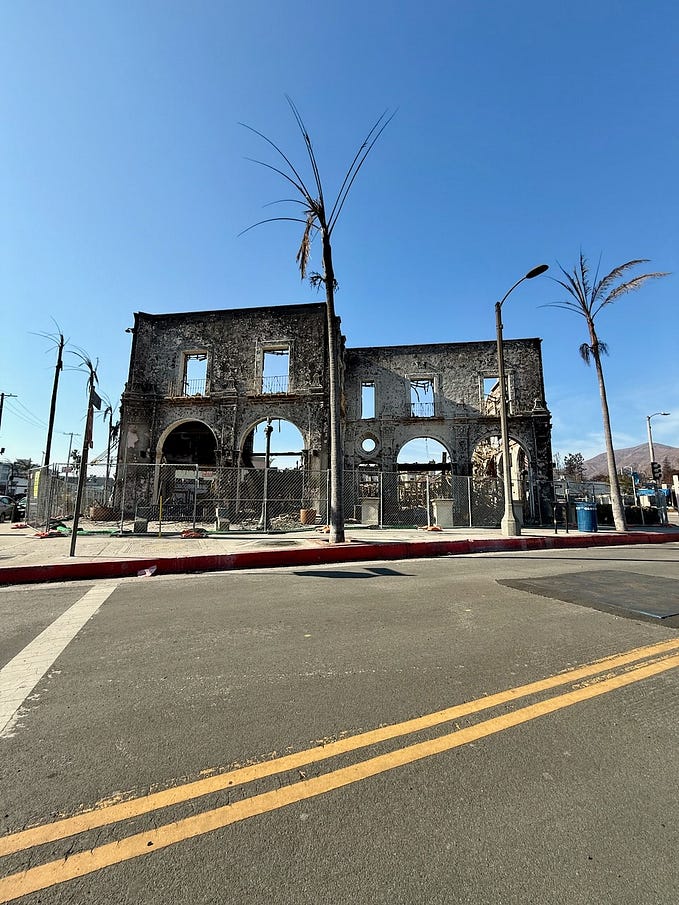Badshahi Mosque:

Located adjacent to the Lahore Fort, Badshahi Mosque is one of the largest mosques in the world. Built by Emperor Aurangzeb, it features impressive Mughal architecture with beautiful marble domes and minarets. The mosque can accommodate tens of thousands of worshippers. Badshahi Mosque, also known as the "Imperial Mosque," is a famous architectural masterpiece located in Lahore, Pakistan. Built during the Mughal era, it is one of the largest and most iconic mosques in the world. Here is an expanded history of the Badshahi Mosque:
Construction:

The construction of the Badshahi Mosque began in 1671 CE under the orders of Emperor Aurangzeb, the sixth Mughal emperor. The mosque was commissioned to commemorate the victory of the Mughal Empire over the territories of Southern India. It was designed by Nawab Zain Yar Jang Bahadur, a nobleman and architect of the Mughal court, and the construction was supervised by Fidai Khan Koka.
Architecture and Design:

The Badshahi Mosque exhibits a fusion of Mughal, Persian, and Central Asian architectural styles. It was constructed using red sandstone and features intricate marble inlays, frescoes, and decorative tile work. The mosque is known for its vast courtyard, grand entrance gateways, and four towering minarets that dominate the skyline of Lahore.
The main prayer hall, covered by three bulbous domes, can accommodate over 100,000 worshippers. The central dome is the largest, reaching a height of about 53 meters (175 feet), and is flanked by two smaller domes. The interiors of the mosque are adorned with delicate carvings, marble panels, and verses from the Quran.
Historical Significance:

The Badshahi Mosque has witnessed significant historical events throughout its existence. During the Sikh rule in the early 19th century, the mosque's courtyard was used as a stable for horses. However, it was later restored to its original purpose as a place of worship by the British colonial government.
In 1938, extensive restoration work was carried out by the government of Punjab to preserve the mosque's architectural heritage. The Badshahi Mosque was finally reopened for worship in 1951.
Cultural Importance:

The Badshahi Mosque holds immense cultural importance for the people of Pakistan and serves as a symbol of the rich Mughal heritage in the region. It attracts a large number of local and international visitors, especially during religious festivals and holidays.
The mosque's architectural grandeur and historical significance have made it a popular subject for artists, photographers, and filmmakers. It has also been featured on postage stamps, currency notes, and various cultural representations of Pakistan.

Today, the Badshahi Mosque stands as a testament to the architectural brilliance of the Mughal era and remains an active place of worship for Muslims in Lahore. Its stunning beauty and historical significance continue to inspire awe and admiration among visitors from around the world.
Shalimar Gardens: Constructed in the 17th century during the reign of Emperor Shah Jahan, Shalimar Gardens is a UNESCO World Heritage Site. It is a stunning example of Mughal garden design, featuring extensive terraces, fountains, pavilions, and vibrant flowerbeds.









